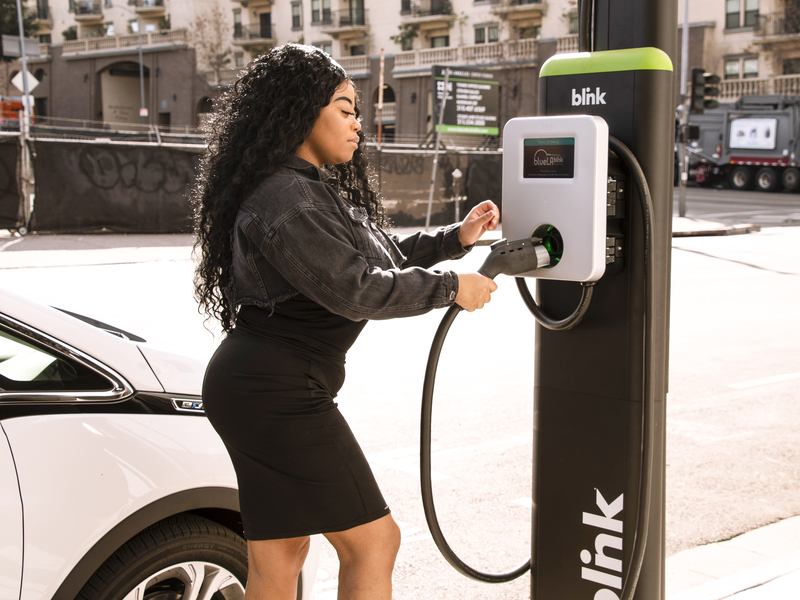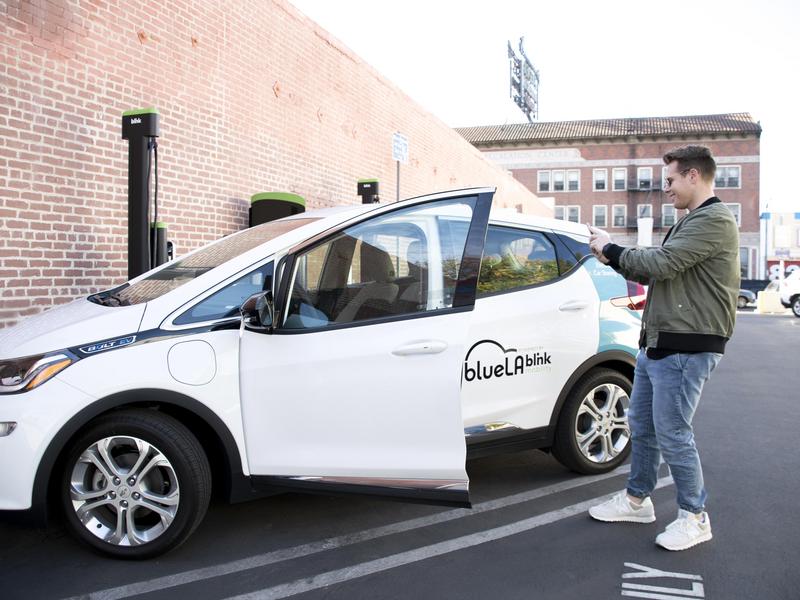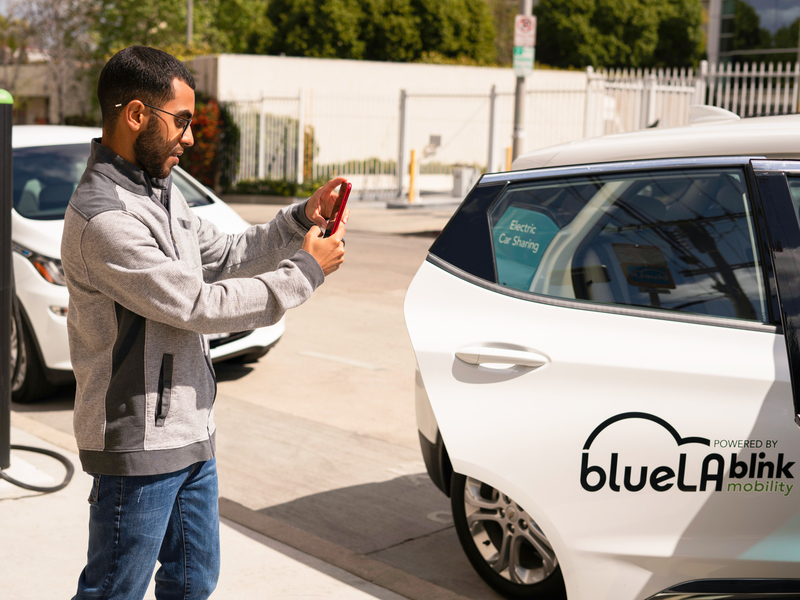Range anxiety is a common issue for those who want to purchase EVs but are concerned they may not make it to the next charging station before they run out of charge, and many fear temperature extremes shorten range. Most EV owners know that cold temperatures reduce range and require more charging stops, but few talk about the effects of heat.
In response to range anxiety fears, many EV manufacturers are introducing EVs with longer ranges. A range of 200-300 miles is no longer unusual, and a few luxury models promise 500 miles or more. Those numbers don’t hold however during extreme temperatures. Does that mean heat too? Extreme temperatures of any kind can have a detrimental effect on an EV, causing range loss, body wear and tear, and premature battery replacement.
What kind of effects? It may take longer to charge your battery when temps soar. According to, ReviewGreek, “Cold temperatures slow down the chemical reactions in battery cells, reducing driving range and increasing charging times. And on the other end, heat causes charging speeds to decrease.”
It turns out that heat is also a major contributor to early battery failure. According to Geotab, “Vehicles driven in hot climates showed a notably faster rate of decline than those driven in moderate climates. This is not great news if you and your fleet toil under the hot sun.”
Another cause of range loss? How drivers choose to cool off while driving. While hot temperatures can increase charging time, the culprit in summertime range loss is usually air conditioning. A study by AAA found that running an air conditioner can cost an EV 17% of its range.
If extreme temps are bad for EVs, which temps help you get the most out of your EV? Turns out EVs like the same temperature as people. Between 60-90 degrees F is perfect for an EV. EVs start to lose range under 55 degrees and take longer to charger over 95.
This map from science.org shows the best places in the country to own an EV and the worst. The best areas, in green, are warm and temperate like most of California and Florida. Electric vehicles do worst in red areas, such as the northern Midwest where temperatures regularly drop below zero, and southern Arizona and Texas, where scalding temperatures can slow charging considerably and take a toll on the battery. Average range loss in these areas is 15%.
So, what are some ways to prevent range loss and long charging times in the heat?
1—Charge in the evening. Using electricity after dark pays in terms of quicker charging and lower electricity rates.
2—Keep it cool. Some EVs now feature tech that allows drivers to pre-cool the cabin. Also consider parking in the shade, washing your car with cold water, and running a portable fan in the cabin. Turning your EV into a refrigerator can cost you miles of range.
3—Keep your EV plugged in. You EV’s battery will kept cool as long it’s plugged in. Thermal management systems help overheating. If you’re going to really run your AC, do it while the vehicle is plugged in and pre-cool the cabin, then turn it down or off when you’re ready to drive.
4—Only carry what you’re going to use. If you’re not on the way to the beach, unpack the surfboard. The heavier an EV is, the more range it loses.
By charging at night, keeping your car lightweight, and not over-using the AC, your EV will retain its charging ability even in high temperatures. Making some changes to the way you drive and fuel your car can help you keep charging forward all summer long!
Recommend for You
Stay Informed
Join our mailing list for hot news and company updates.







